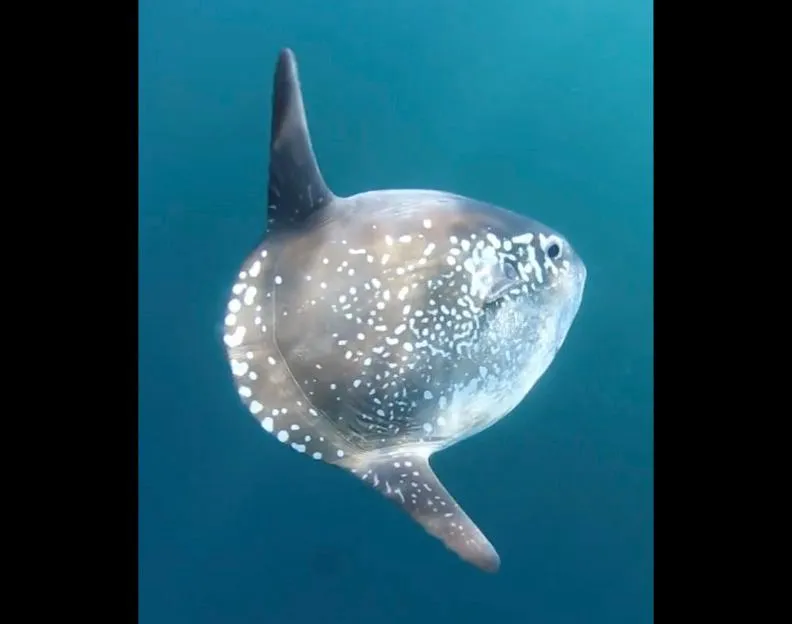Found: New Species of Ocean Sunfish, the World’s Largest Bony Fish
After identifying genetic traces of the creature, one researcher spent years searching for the aquatic beast
/https://tf-cmsv2-smithsonianmag-media.s3.amazonaws.com/filer/d7/2f/d72fe747-480e-46a0-99f5-59646a2490dc/beached25.jpg)
You would think that all the species of sunfish—a massive creature which grows to about nine-feet in length and two-tons in weight—would have been found decades ago. But as Hannah Lang reports for National Geographic, that isn't the case. After a four-year quest, a team of researchers in Australia has finally confirmed the existence of a new species of the giant fish.
As Murdoch University researcher Marianne Nyegaard writes for The Conversation, she began analyzing DNA samples of sunfish for her PhD dissertation in 2013. But she found something strange: While there were three recognized sunfish species in the world, the skin samples she was examining suggested that there were four. Nyegaard and her colleagues dubbed the mystery sunfish Mola tecta, from the Latin word tectus, meaning hidden. In English they call it the hoodwinker sunfish since it had been "hiding in plain sight for centuries."
But Nyegaard wanted more than DNA. She wanted images and perhaps even a specimen.
She surfed social media, looking for any sunfish images that were unlike the species known at the time. But it wasn't until 2014 when she got her first break. Fisherman in the waters off Australia and New Zealand sent her an image of small sunfish they had pulled onboard, which had a strange structure on its back fin. They also got a genetic sample. Soon after, four sunfish were stranded on a beach in New Zealand and Nyegaard got the first chance to see her holy Mola up close and personal.
According to a press release, those were just the first of 27 specimens of the species located around the world. Over the next three years, she traveled thousands of miles to investigate reports of stranded sunfish, relying on strangers to take samples when she couldn't make it out to the site. As Lang reports, researchers from other universities around the world also collected and analyzed samples to confirm that Mola tecta was indeed a new species.
“Finding these fish and storing specimens for studies is a logistical nightmare due to their elusive nature and enormous size, so sunfish research is difficult at the best of times,” Nyegaard says in the press release. “Early on, when I was asked if I would be bringing my own crane to receive a specimen, I knew I was in for a challenging–but awesome–adventure.”

Ocean sunfish are one of the stranger creatures in the seas. Also known as the common mola, the massive fish is round with a truncated body, making it look like only half of a fish. Lang reports that this unique body shape allows the fish to maintain its body temperature when it dives into the depths of the ocean to feed. When it returns to the surface, it often basks in the sun with its dorsal fin sticking up, which is often mistaken for a shark fin. Though they are huge and intimidating, they are harmless to people, and often swim up to investigate scuba divers.
The sunfish species are difficult to tell apart in the field, but the new species is distinct. It does not develop a protruding snout or the large lumps and bumps that characterize the other Mola species. Her description of the new species appears in the Zoological Journal of the Linnean Society.
According to The Conversation, researchers have found the new species in the waters off New Zealand, Tasmania, south Australia, South Africa, and southern Chile, suggesting it may range widely in the chilly oceans of the Southern hemisphere.